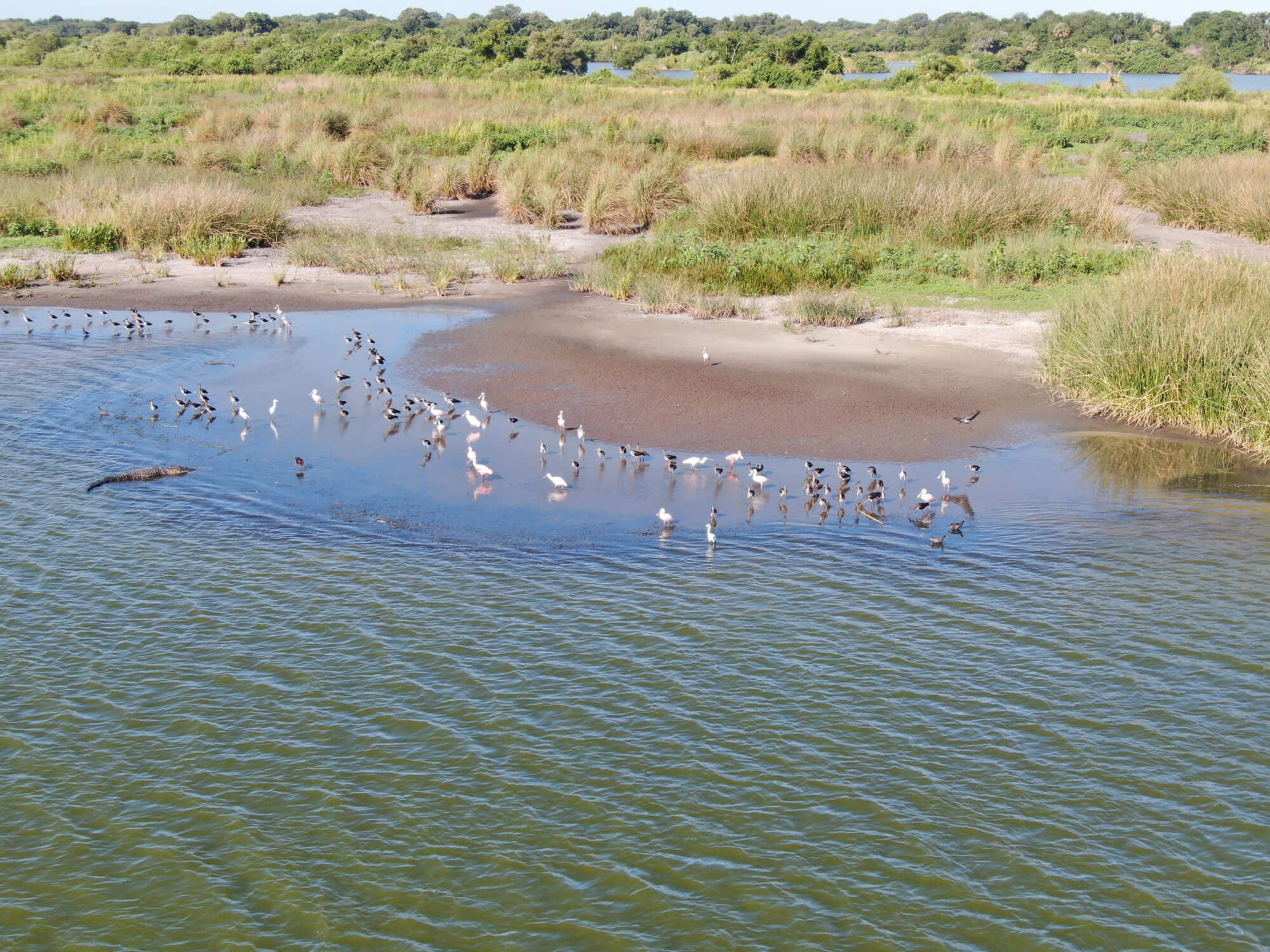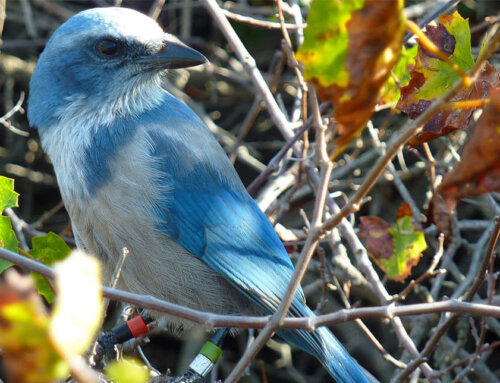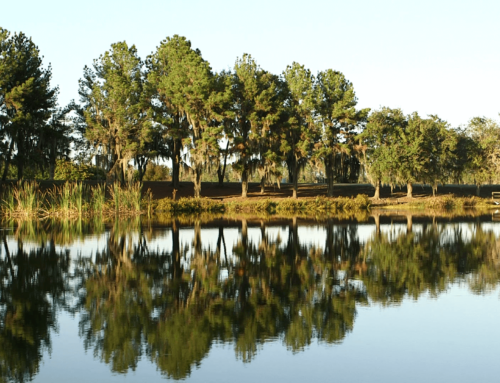Audubon Florida and Mosaic partner to document bird count
It easily could be a scene on a postcard. Dozens of bright pink adult and juvenile Roseate Spoonbills either wade in still open water or perch on top of lush green trees underneath a clear blue sky. It’s hard to believe this thriving bird sanctuary was once part of an over 40-year-old mine site adjacent to Mosaic’s former Hooker’s Prairie phosphate mine.
Mosaic ended its operations at Hooker’s Prairie in 2014 and began returning every acre mined back to productive use through a process called land reclamation; a State requirement since 1975. As of Spring 2021, Audubon Florida confirmed an estimated 30-40 pairs of breeding spoonbills had chosen to nest in the area near Hooker’s Prairie because of abundant food sources and protection from would-be predators.
“This makes the Hooker’s Prairie site one of the largest spoonbill breeding colonies in our region, second only to the Alafia Bank Bird Sanctuary,” said Mark Rachal, Sanctuary Manager at the Audubon Florida Coastal Islands Sanctuaries.

The site at Hooker’s Prairie is different from many of the coastal areas that Audubon typically monitors. At the coastal sites, the adult spoonbills can forage in saltwater and freshwater wetlands to feed their young. At the Hooker’s Prairie site, however, they rely solely on nearby freshwater wetlands to feed their families, which they appear to be doing with a high level of success
“The isolated location with few human disturbances also makes the site preferable to wading birds, said Mosaic’s lead ecologist, Raoul Boughton, who first discovered the breeding colony. Roseate Spoonbills are known for flocking to and breeding on remote island locations with surrounding shallow wetlands like the Hooker’s Prairie site because it provides habitat featuring excellent protective cover and ample foraging opportunities.
Hooker’s Prairie and similar sites are vitally important for the recovery of these birds and achieving a stable nesting population in Florida. That’s why Audubon and Mosaic will partner to maintain an ongoing count of breeding wading birds at the Hooker’s Prairie reclamation site and document the spoonbills’ nesting activities in the years ahead.
Maintaining and sustaining habitats for other protected birds
Much like the Roseate Spoonbill, the burrowing owl is also known to naturally colonize reclaimed land. In late 2020, Mosaic discovered three pair of burrowing owls on the Northern Bowlegs reclamation site, located near South Fort Meade, which provides open grassland and the type of habitat burrowing owls prefer.
Mosaic ecologists also have conducted several burrowing owl translocations since 2006, when they successfully completed the first burrowing owl translocation project in the state of Florida. Since that first translocation, Mosaic ecologists have worked with local wildlife experts to relocate 60 burrowing owls from property near our Four Corners mine. The owls were released into their new habitat, a reclaimed grassland site, following a 30-day stay in a temporary enclosure to help them acclimate to their new environment.






